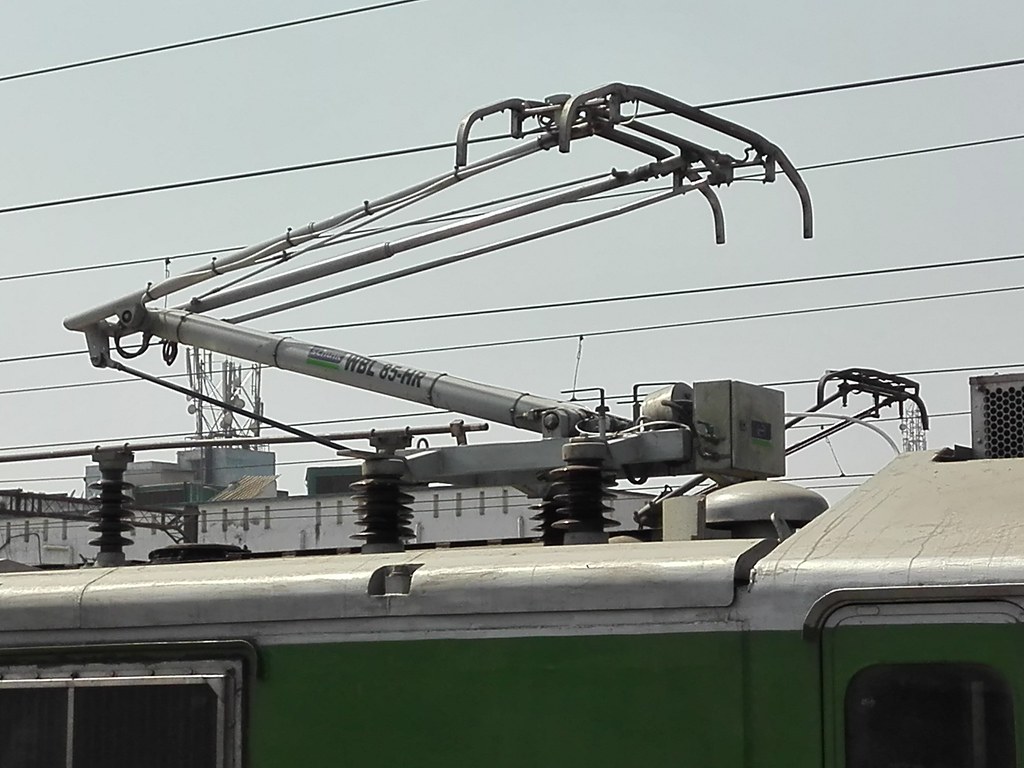Problem
of defective CBC lock pin was observed in the outgoing locos.
This
lock pin (trade item) does not have head-protrusion.
CEE(P&I)
inspected roof of TP-44 alongwith CEE(Loco) and Shell production staff and inspection staff.
Necessary
instructions were given to inspection staff for checking the same.
Paint
thickness measurement in the outgoing locos was also carried out by
CEE(P&I).
In
the out going loco, air was leaking
through TM blower.
Inspection
staff was instructed to generate NC for same.
Problem
of WAP5 gasket-roof was analysed in the shop today.
Fixture
for drain channel. Calibration needs to be checked.
Camber
for the roof arch is checked regularly as seen in the records.
It
is also suspected that stacking of one roof over other ( WAP5 sheet is thinner
than other locos) either in Shop#12 or in Shop # 16 might have deformed the
profile which results in gap between roof and the gasket.
Drain
Channel Panto roof.
During
inspection of a loco in Bay#2 ,it was found that RSPS cowl was not having 2
bolts , which was due to non-matching of
holes.

















